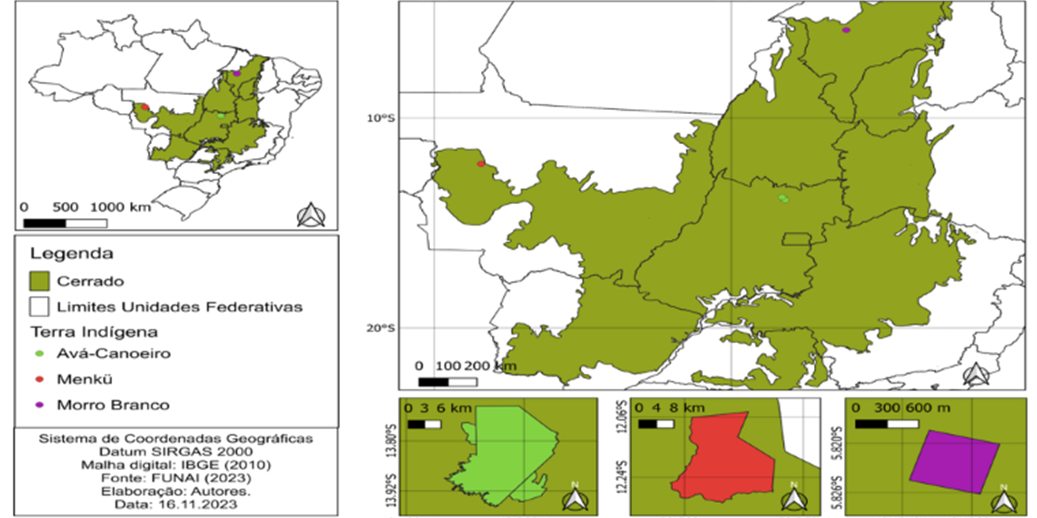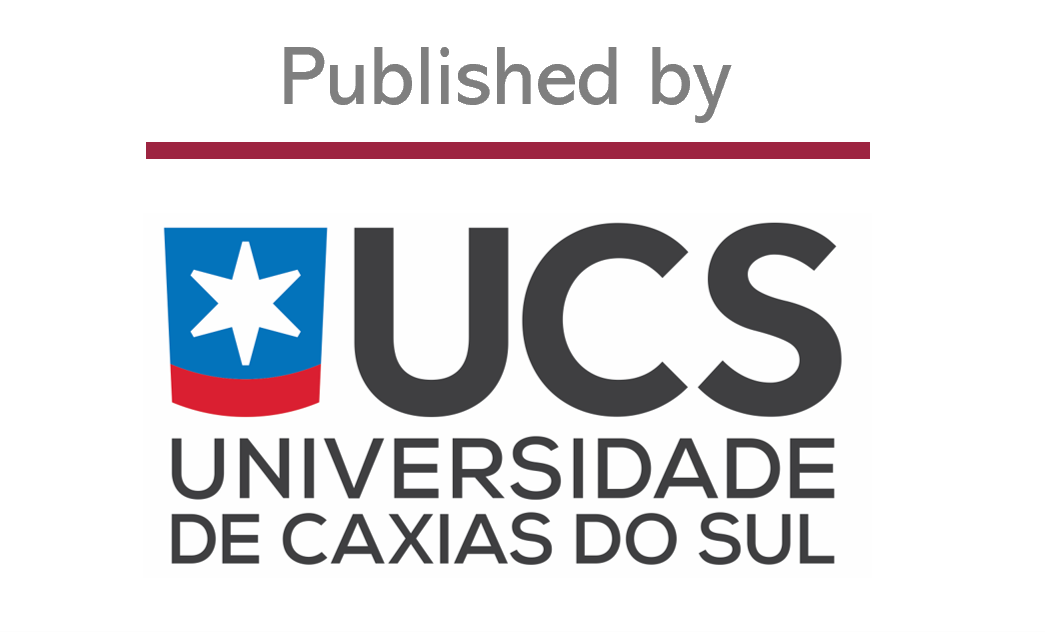Indigenous land of Brazilian Cerrado and their changes in land cover
DOI:
https://doi.org/10.18226/23185279.e251426Keywords:
Cerrado, environmental fragility, indigenous lands, land cover, original peopleAbstract
This research compares the evolution of land cover change inside the Indigenous Lands (ILs) of the Brazilian Cerrado with changes occurring in their respective buffer zones delimited by 10km. For this, data from the MapBiomas platform are used, which provides the annual series of land cover data, and FUNAI's (National Foundation of Indigenous Peoples) mapping of indigenous lands. For land cover analysis, the annual period of 1985 and 2020 were considered and compared, using the map with the 2022 IL layout. In this research, three Indigenous Lands were discussed, which are Avá Canoeiro, Menka and Morro Branco, located in the Brazilian Cerrado biome. The results point to changes in land cover from 1985 to 2020 within the Indigenous Lands as well as in their buffer, therefore, it is considered that the delimitation of ILs contributes to the conservation of biodiversity in addition to serving as a space to protect the forms of relations of the original peoples. Finally, possible future paths for research in this area are highlighted.

Downloads
Published
How to Cite
Issue
Section
License
Copyright (c) 2025 Leandro Porto Marques, Claudia Elisa Lanes Dorneles Souza, Maíte de Dineque Cassenote, Rafael Cabral Cruz

This work is licensed under a Creative Commons Attribution 4.0 International License.
Declaração de originalidade e cessão de direitos autorais
Declaro que o presente artigo é original, não está sendo tendo sido submetido à publicação em qualquer outro periódico nacional ou internacional durante o processo de revisão. Através deste instrumento, em meu nome e em nome dos demais co-autores, porventura existentes, cedo os direitos autorais do referido artigo à revista SCIENTIA CUM INDUSTRIA. Contudo, a reprodução total ou parcial impressa ou eletrônica pode ser feita desde que o autor comunique oficialmente à revista. Declaro estar ciente de que a não observância deste compromisso submeterá o infrator a sanções e penas previstas na Lei de Proteção de Direitos Autorias. Declaro estar ciente de que a não observância deste compromisso submeterá o infrator a sanções e penas previstas na Lei de Proteção de Direitos Autorias (Nº9610, de 19/02/1998).




